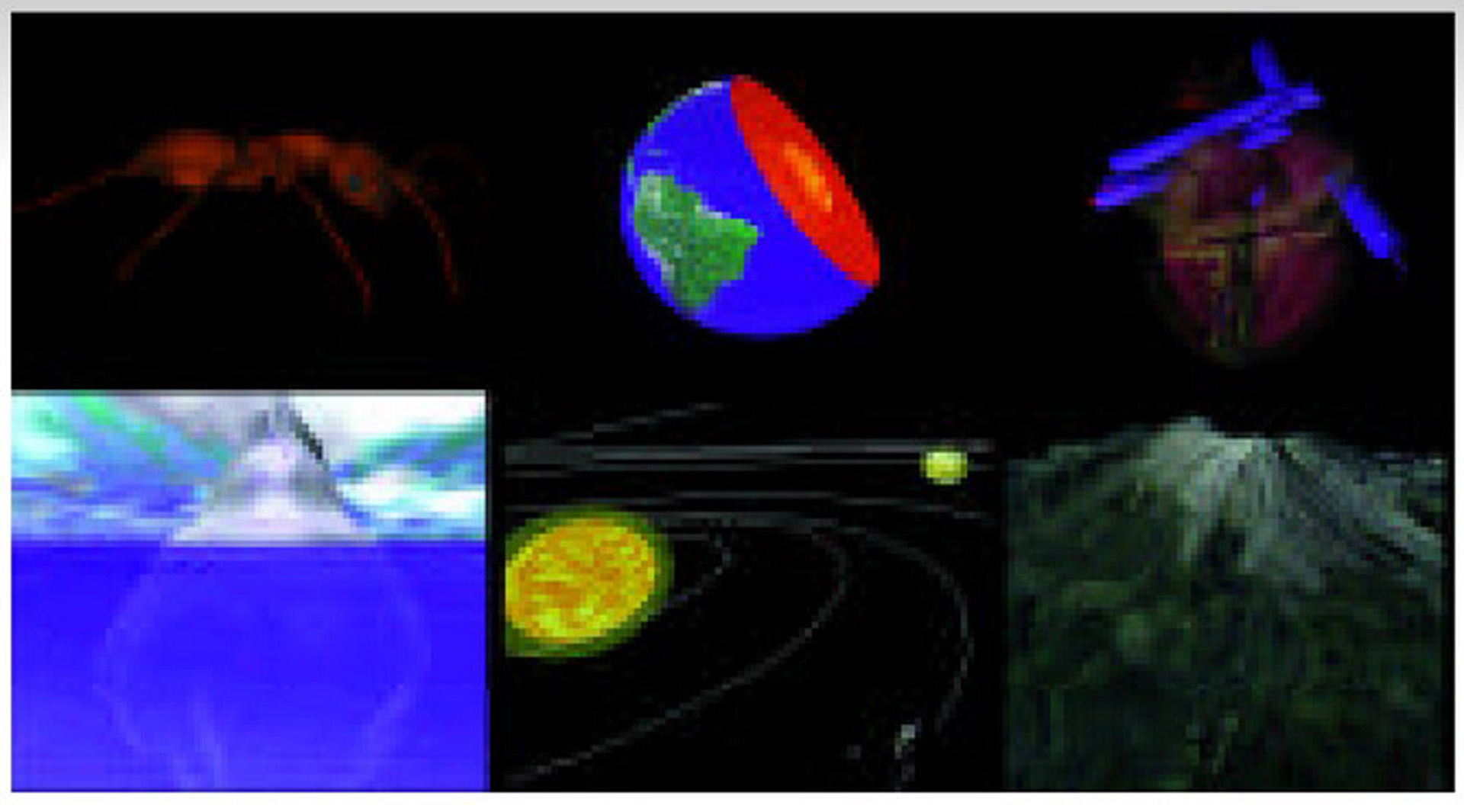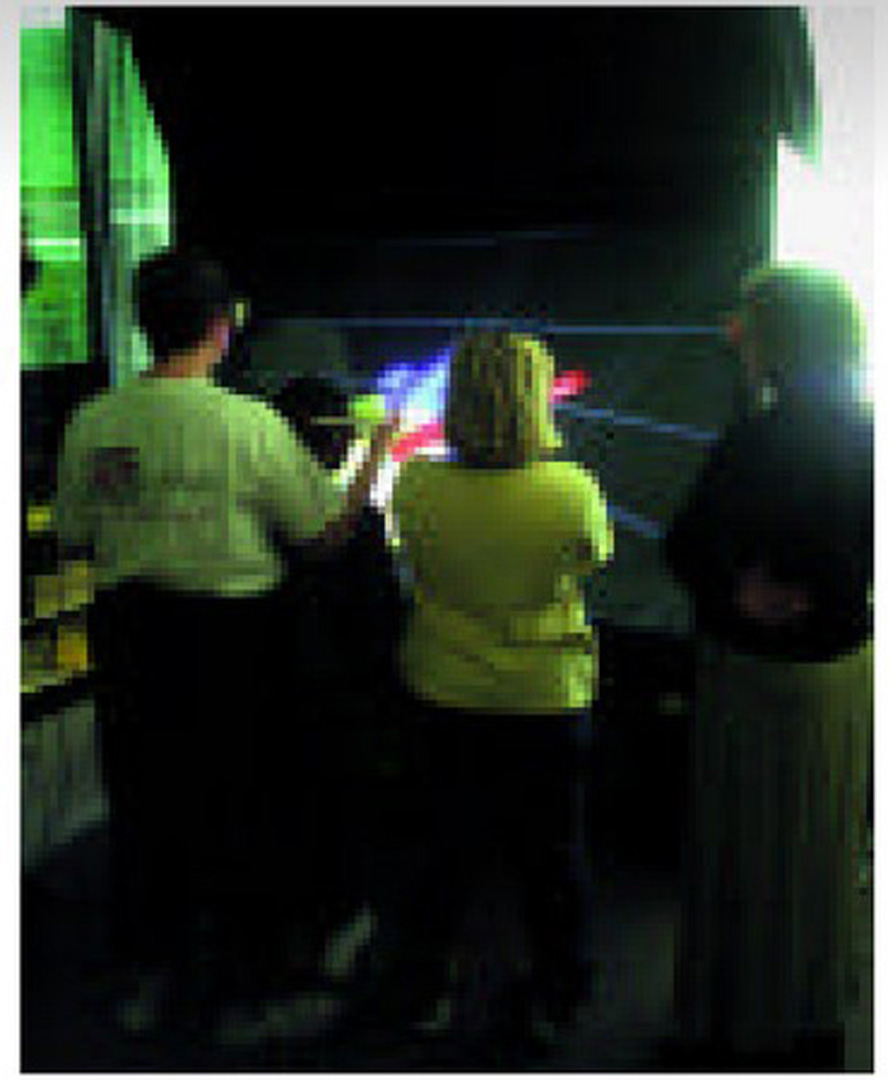“QuickWorlds: Teacher-Driven VR Worlds in an Elementary School Curriculum” by Johnson, Moher, Leigh and Lin
Conference:
Type(s):
Title:
- QuickWorlds: Teacher-Driven VR Worlds in an Elementary School Curriculum
Presenter(s)/Author(s):
Abstract:
The QuickWorlds program, a collaboration between university researchers and elementary school teachers, provides elementary school instructors with virtual reality models that enhance the K-6 curriculum.
Almost 100 years ago, the Parent-Teacher Organization at Abraham Lincoln Elementary School in Oak Park, Illinois bought a stereopticon for use by the teachers in the belief that a stereoscopic display might give students insights not available through conventional imagery. Today, researchers from the University of Illinois at Chicago are collaborating with the staff of Lincoln Elementary to explore what learning benefits virtual reality technology may offer children within a school context.
Our long-term goal is to help prepare the nationÕs schools for the advanced visualization technologies, including VR, that are becoming operative in research laboratories. These technologies offer additional representational bandwidth and support new kinds of interactivity. Whether they will be adopted depends on whether we find more solid evidence of effectiveness for the individual learner, and on whether we can successfully align their use with school goals, curricula, practices, and culture.
In August 1999, we installed an ImmersaDesk in the media center at Lincoln, where it will remain for the next two or three years. An ImmersaDesk in the school allows us to continue our formal learning studies of how VR may benefit conceptual learning,1,2,3 work with entire classrooms on learning scientific inquiry skills,4 and investigate how this technology can be integrated into the existing school curriculum. This paper describes our QuickWorlds program, in which teachers request VR models to supplement regular curriculum. In this program, we serve as modelers; the teachers control the selection, specification, and use of the models.
Lincoln is a K-6 elementary school in Oak Park, Illinois, a racially and economically diverse inner-ring suburb bordering ChicagoÕs West Side. Lincoln is attractive as a research site for its size, diversity, and state of technology adoption. It is a large school (620+ students), nearly always allocating four 20-to-30-student classrooms at each of the K-6 grade levels. In addition to a racially and economically diverse student body and faculty, Lincoln offers diversity of subject mastery, as reflected in state and local achievement tests administered at the school. While performing moderately above average as a school, Lincoln has significant representation in all performance quartiles. The school is also about average with respect to technology infusion, with about one computer for every five children, distributed both in classrooms and computer lab settings, and an orientation more toward computer literacy and technology education than conceptual learning.
Acknowledgements:
This research was made possible through major funding from the National Science Foundation, specifically EIA-9802090, EIA-9720351, and DUE-9979537.
The virtual reality research, collaborations, and outreach programs at the Electronic Visualization Laboratory (EVL) at the University of Illinois at Chicago are made possible by major funding from the National Science Foundation (NSF), awards EIA-9871058, ANI-9712283, ANI-9730202, and ACI-9418068, as well as NSF Partnerships for Advanced Computational Infrastructure (PACI) cooperative agreement ACI-9619019 to the National Computational Science Alliance. EVLalso receives major funding from the US Department of Energy (DOE), awards 99ER25388 and 99ER25405, as well as support from the DOEÕs Accelerated Strategic Computing Initiative (ASCI) Data and Visualization Corridor program. www.evl.uic.edu/tile





